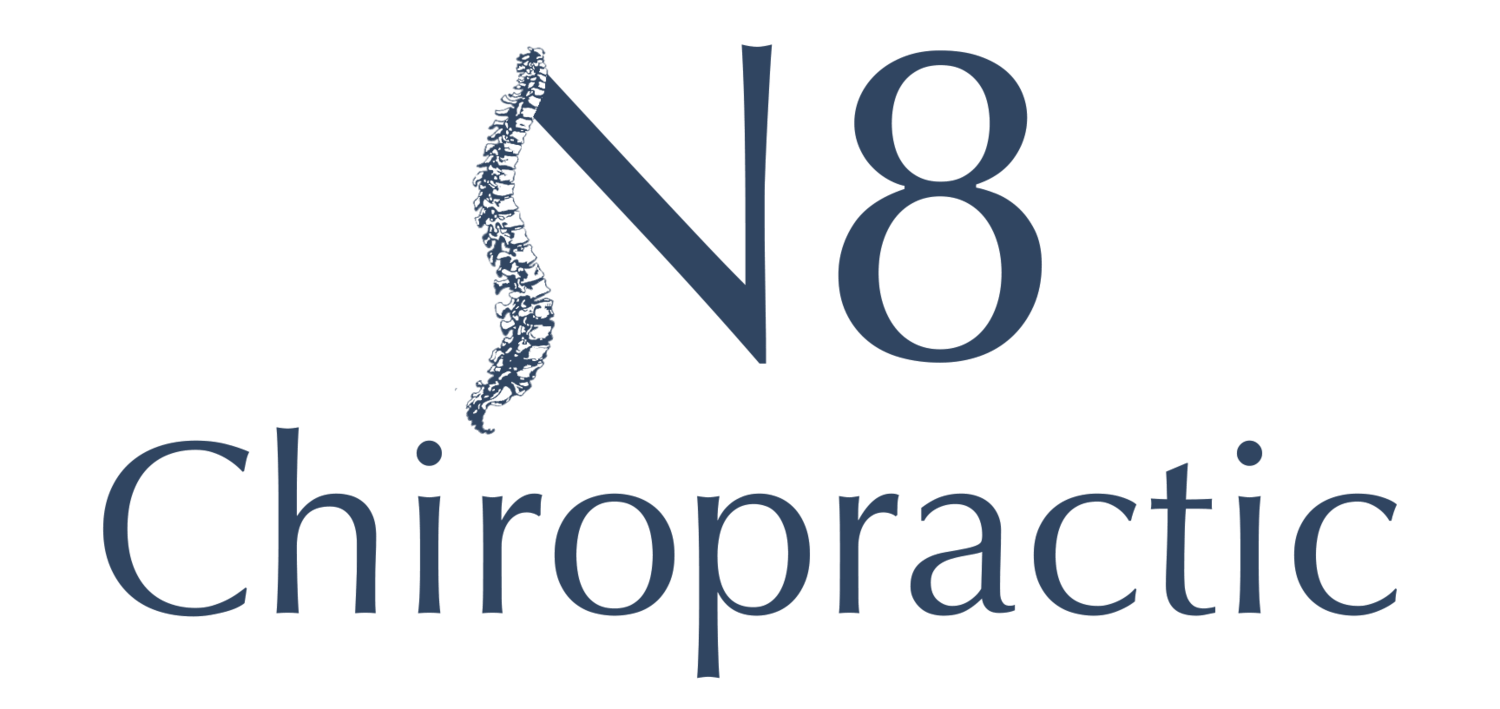What is a Herniated Disc?
A herniated disc, also known as a slipped or ruptured disc, is a common spinal condition that can cause significant pain and discomfort. To better comprehend this condition, it’s essential to delve into its structure, function, and potential implications for one’s health.
Causes and Symptoms
Herniated discs can develop due to various factors, including age-related degeneration, injury, or excessive strain on the spine. Common symptoms of a herniated disc may include:
- Sharp or shooting pain in the back or neck
- Numbness or tingling sensation in the extremities
- Muscle weakness
- Difficulty walking or performing daily activities
Treatment Options
- Conservative Measures: Rest, physical therapy, and nonsteroidal anti-inflammatory drugs (NSAIDs) can help alleviate pain and inflammation.
- Chiropractic Care: Chiropractic adjustments and spinal manipulation may provide relief by realigning the spine and reducing pressure on the affected disc.
- Surgical Intervention: In severe cases where conservative measures fail to provide relief, surgery such as discectomy or spinal fusion may be necessary to remove the herniated portion of the disc and stabilize the spine.
When to Seek Professional Help
Seek medical help if you experience:
1. Persistent or worsening pain.
2. Severe weakness or loss of sensation.
3. Difficulty controlling bladder or bowel function.
4. Progressive difficulty with daily activities.
Prompt consultation with a healthcare professional is crucial to prevent complications.
Conclusion on Herniated Disc
Herniated discs are common spinal issues causing pain and discomfort. Understanding their structure, causes, symptoms, and treatments is essential for effective management. Various options, such as chiropractic care, from conservative measures to surgery, exist to alleviate symptoms and improve quality of life.
For more information on herniated discs and treatment options, visit N8 Family Chiropractic.

